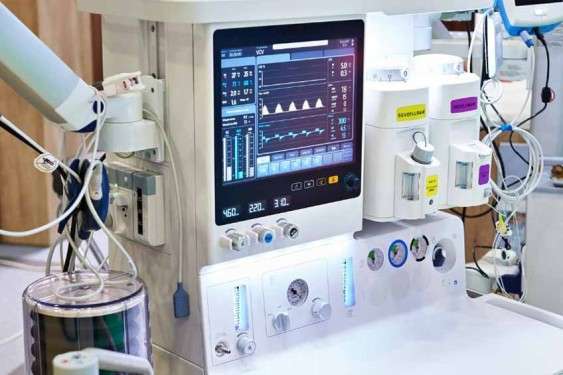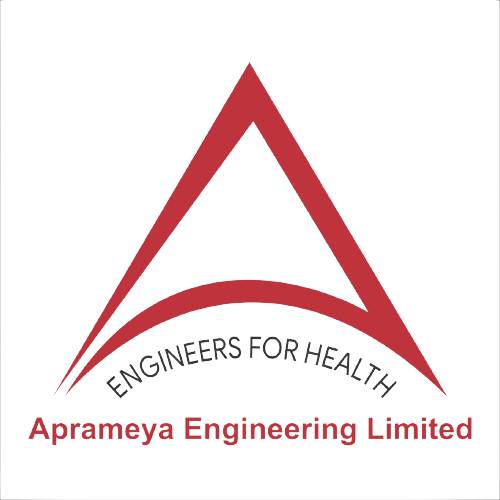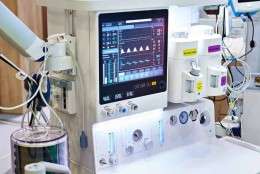How Anesthesia Machine Works?
- By: Admin

An anaesthetic machine is just a pneumatic device that provides a variable mixture of oxygen, gas, and a sedative substance to a patient, enabling them to sleep through a major operation. The equipment is set up so that patients breathe in oxygen and anaesthesia but don't rebreathe whatever they've already exhaled. The exhaled gases exit the circuit and are released into the atmosphere. Exhaled CO2 can be fatal if inhaled.
The design of anaesthesia equipment is easy and simple. Because of their simple design, they are simple to use and maintain. There are only a few parts, and they all work on the same basic principle of airflow and control. In reality, they haven't altered much since they were invented. Similarly to how a car still has four wheels, an engine, and a chassis, the anaesthetic machine hasn't changed all that much; more innovation has been applied to the existing design, but this is still the exact machine. The improvements make the product better and safer, but it stays the same overall.
While the machine is simple, the repercussions of its failure can be devastating. It is one of just four or five “life support” items in the entire hospital. This category also includes ventilators, heart-lung bypass pumps, and pacemakers, in addition to anaesthetic equipment.
The anaesthetic machine, also known as Boyle's Machine, is similar to a ventilator. They have a similar function, but there are a few key differences. Boyle's machines give the same level of life support as critical care ventilators, but ventilators are used on acute cases with no medical personnel present. An anaesthetic machine's job is to bring people very close to death and then enable them to wake up. Anaesthesia machines have numerous important components that are required for proper operation. In addition, an anaesthetic machine has numerous safety features in place to prevent a fatal event.



